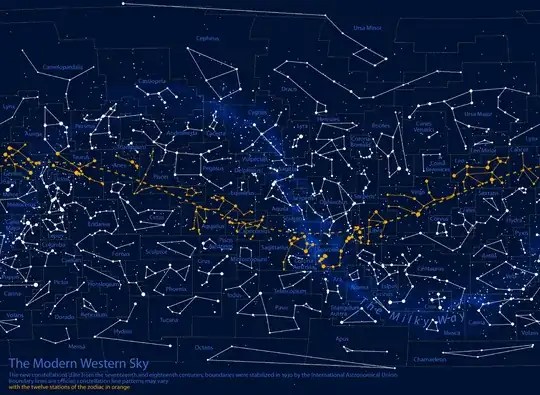Checking out the early history of the zodiac, it says the Babylonians were the first to divide it into an "equal" 12 parts, "by analogy to 12 schematic months of 30 days each". It also says "each sign contained 30° of celestial longitude, thus creating the first known celestial coordinate system" and "when the degrees of longitude were given, they were expressed with reference to the 30° of the zodiacal sign, i.e., not with a reference to the continuous 360° ecliptic."
I understand the babylonians used a base 60 number system, but why is that too?
How did they get 30, 360, and 12? Why was the sky or celestial sphere divided into 12? Did they literal invent the idea of 360 degrees?
